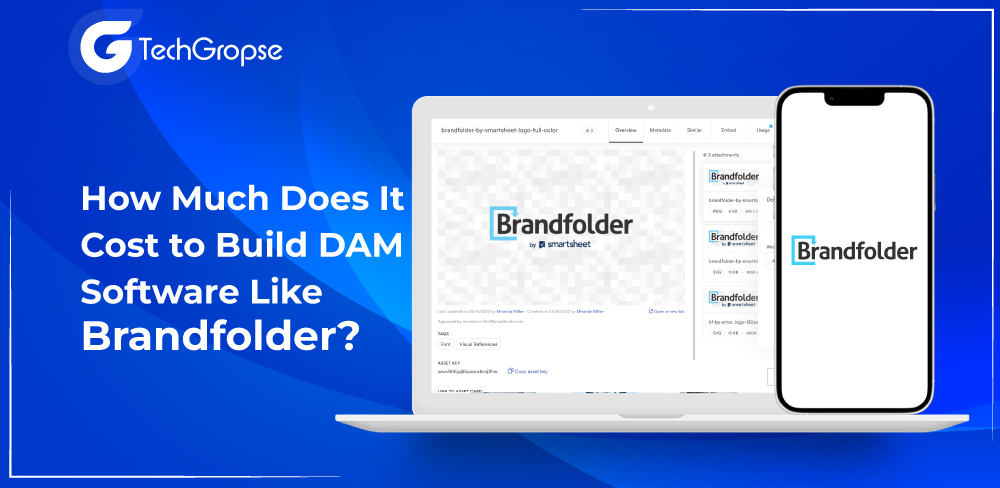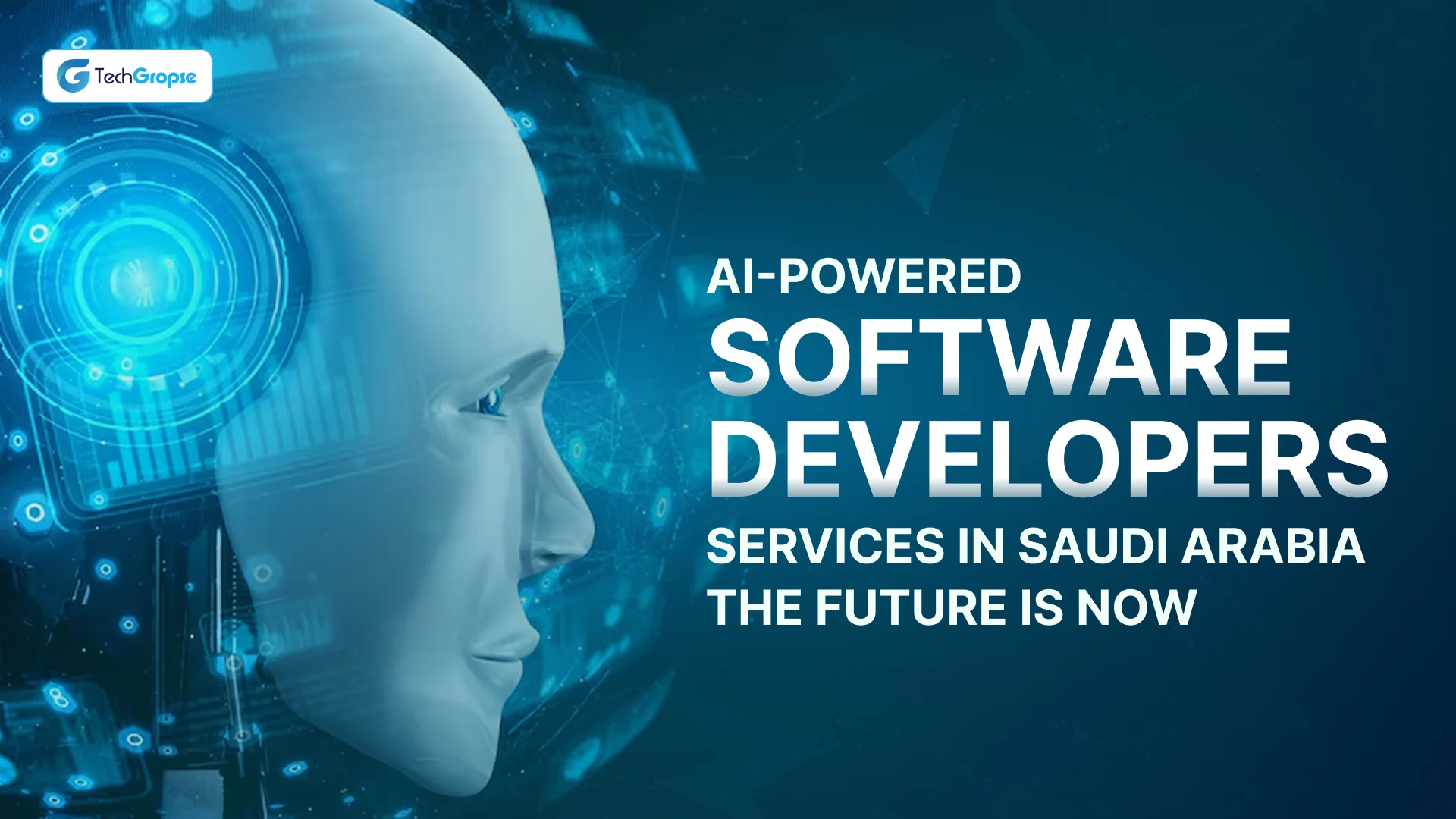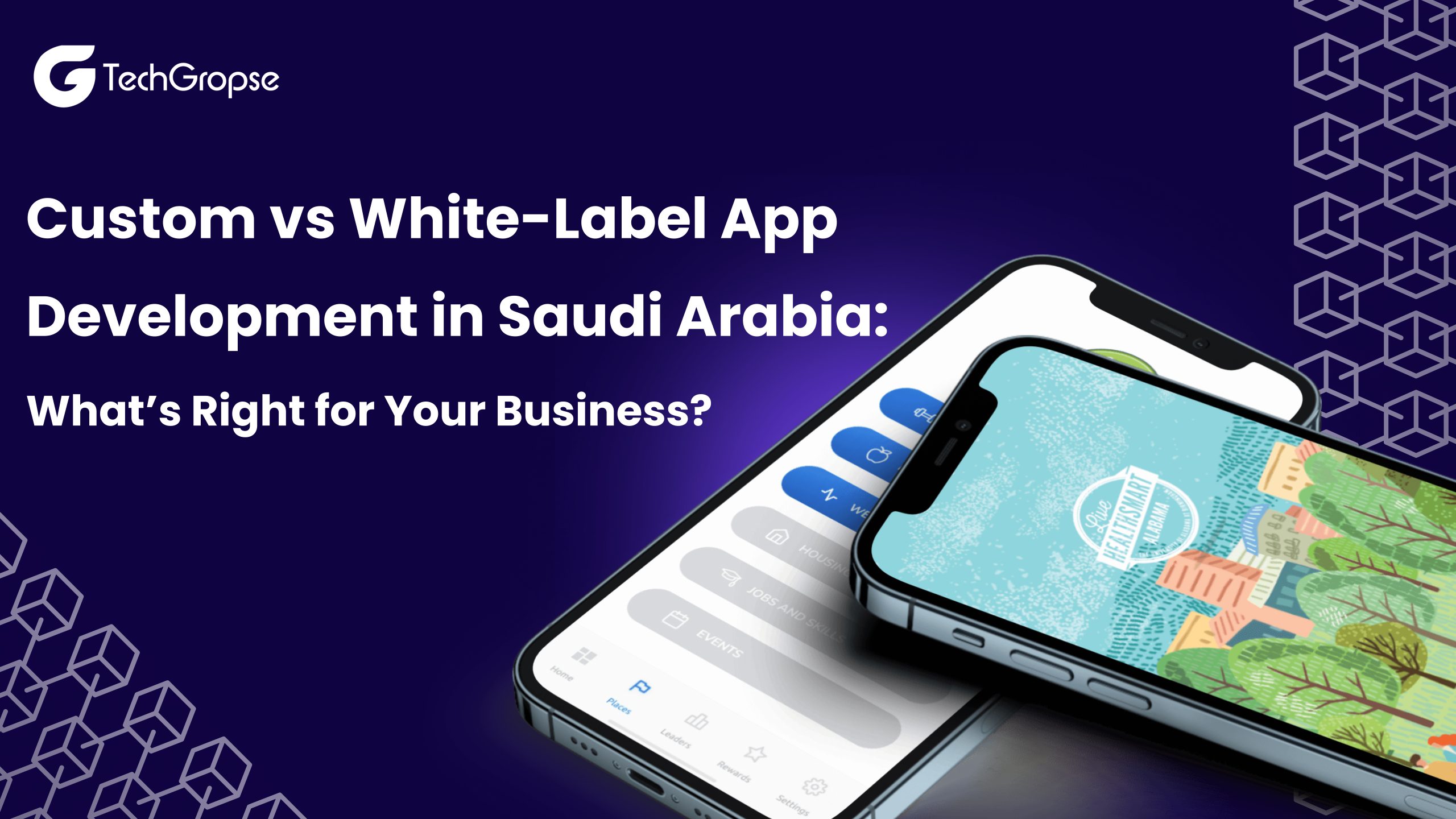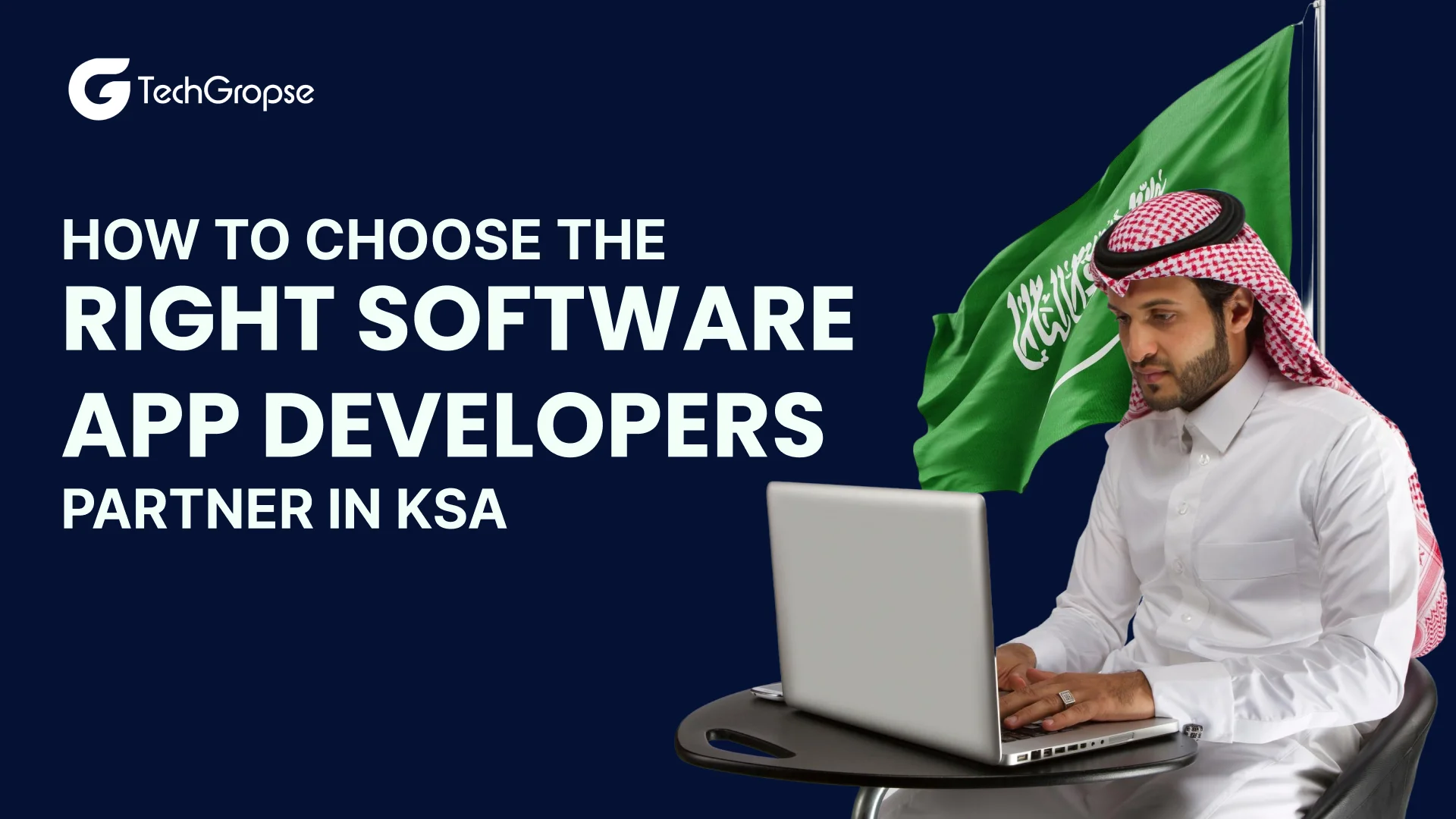|
Simplify your workflow, boost productivity, and unleash creativity with intuitive solutions. Craft your DAM software, just like Brandfolder. Organize, access, and elevate your brand effortlessly. Let’s start to Build DAM Software like Brandfolder together. |
Did you imagine a world where every document, image, and video is organized, accessible, and ready to captivate your audience at a moment’s notice?
Digital Asset Management (DAM) software is like your organized best friend who helps you organize, store, and retrieve your digital files effectively. It is a digital library that keeps your images, videos, documents, and more in tip-top shape.
With DAM software like Bynder, you are not managing files and arranging a collection of creativity that enhances your brand’s success.
Recent stats show that it was worth $5.5 Billion in 2023 and expected to grow to $15.2 Billion by 2032. That’s a super impressive growth rate of 13.41% every year.
Let’s delve into the transformative power of DAM Software Development and how platforms like Bynder change how businesses manage and leverage their digital assets.
What is the Importance of DAM in Modern Business Practices?
In the tech world, where content rules supreme, DAM software is the hero that streamlines workflows and enhances collaboration.
Building software like Brandfolder boosts brand consistency and saves you from drowning in a sea of scattered files. It is the secret sauce for efficient content management.
1. Centralized Storage
DAM systems provide a centralized repository for all digital assets, including images, videos, documents, etc. This centralization ensures that assets are easily accessible to authorized users, eliminating the need to hunt through multiple folders or systems.
2. Efficient Organization
With DAM, businesses can organize their digital assets efficiently using metadata, keywords, and tags. This enables quick and accurate asset retrieval, saving time and effort for employees who need access to specific files.
3. Streamlined Collaboration
DAM offers collaboration by allowing various users to review, access, and work on the same digital assets simultaneously, regardless of their location. Teams must spread across different offices or work remotely.
4. Brand Consistency
DAM systems help maintain brand consistency by providing a central location for approved logos, images, and other brand assets. It ensures that employees use the latest versions of assets and adhere to brand guidelines, thus reinforcing brand identity across all channels.
5. Version Control
Version control features in DAM systems enable businesses to keep track of changes made to digital assets over time. It ensures that teams always have access to the most up-to-date versions of files and reduces the risk of errors resulting from working on outdated assets.
What Are the Benefits of DAM Software like Brandfolder?
DAM Software Development Company knows it is essential for modern businesses looking to manage, organize, and collaborate.
It distributes its digital assets while ensuring brand consistency, efficiency, and compliance with legal and security requirements.
1. Rights Management
DAM systems include rights management capabilities, allowing businesses to track usage rights, licenses, and permissions associated with digital assets. It helps prevent copyright infringement and legal issues related to the unauthorized use of assets.
2. Workflow Automation
Many DAM platforms offer workflow automation capabilities, enabling businesses to automate repetitive tasks such as approvals, file conversions, and publishing processes. It increases efficiency and frees up employees to focus on more strategic tasks.
3. Analytics and Insights
DAM systems have built-in analytics tools that provide insights into asset usage, performance, and engagement. These analytics help businesses make informed decisions about their content strategy and optimize their digital asset management processes.
4. Scalability and Flexibility
As businesses grow and their digital asset libraries expand, DAM systems can scale to accommodate increasing storage and user needs. Additionally, modern DAM solutions are often cloud-based, offering flexibility and accessibility from any device with an internet connection.
5. Compliance and Security
DAM systems typically include security features such as access controls, encryption, and audit trails to protect sensitive digital assets from unauthorized access or tampering. It helps businesses comply with industry regulations and safeguard their intellectual property.
How Much Does It Cost to Build Software Like Brandfolder?
when you are thinking about making software like Brandfolder, you want to know How much DAM Software Development Costs.
It is not just about knowing how to code, you also gotta understand what people want and how to make it work.
Software development costs can be anywhere from $30,000 to $400,000 to make a digital asset management software like Brandfolder.
| Complexity Level | Features | Cost Estimate |
| Simple | Basic asset upload/download, tagging, search | $5,000 – $20,000 |
| Medium | Advanced metadata management, user permissions | $30,000 – $50,000 |
| Advanced | AI-powered tagging, workflow automation | $50,000 – $100,000+ |
Key Factors Affecting the Cost to Build DAM Software Like Brandfolder
Consult with a Brandfolder software development company that knows the factors that influence the cost to build DAM software like Brandfolder:
1. Feature Set
The complexity and comprehensiveness of features such as asset upload/download, metadata management, search functionality, user permissions, version control, integrations with other platforms, AI-powered tagging, workflow automation, analytics, and customizable branding significantly impact the development cost.
2. Technology Stack
The choice of technologies, frameworks, and tools used for development, including
| Category | Technologies |
| Front-end | React, Angular |
| Back-end | Node.js, Django |
| Databases | MongoDB, PostgreSQL |
| Cloud Services | AWS, Azure |
| Additional | These technologies are essential for creating web applications. Front-end frameworks handle user interface, back-end manages server-side logic, databases store data, and cloud services provide scalability and reliability. |
3. UX/UI Design
The level of user-friendliness in the design and user experience (UX/UI) of the DAM software influences the cost. Hire dedicated developers who design custom platforms and interactive interfaces that require more resources than standard layouts.
4. Integration Requirements
If the DAM software needs to integrate with other systems or services such as content management systems (CMS), customer relationship management (CRM) software, or creative tools like Adobe Creative Cloud, the complexity of integration impacts development costs.
5. Customization Needs
The extent of customization required to meet specific business requirements or branding guidelines affects costs. Custom features, workflows, and branding elements increase development efforts and expenses.
6. Scalability and Performance
Custom software development company builds DAM software like Brandfolder that manages a large volume of assets, users, and concurrent requests. While ensuring optimal performance and scalability, that may require additional resources and expertise, impacting development costs.
7. Security and Compliance
Implementing robust security measures to protect digital assets and user data. You can hire mobile app developers who provide compliance with industry regulations such as GDPR or HIPAA adds to development costs. Features like access controls, encryption, and audit trails require careful implementation.
8. Development Team
The expertise, size, and location of the development team influence costs. Hiring experienced developers, UX/UI designers, QA engineers, and project managers may incur higher expenses. Development rates vary significantly based on location, with rates typically higher in developed countries compared to developing regions.
9. Project Timeline
The timeframe for development, including deadlines and project milestones, impacts costs. Rushed timelines or tight deadlines may require additional resources and incur higher expenses.
Considering these factors helps in estimating the cost of developing a DAM software like Brandfolder accurately.
| Factor | Cost |
| Research and Planning | $5,000 – $10,000 (Market research, competitor analysis, and requirements gathering) |
| Design and User Experience (UX/UI) | $20,000 – $30,000 (Wireframing, prototyping, and UI design) |
| Development | $40,000 – $90,000+ (Frontend, backend, database development) |
| Integrations | $10,000 – $50,000 (Integration with third-party systems and APIs) |
| Testing and Quality Assurance | $10,000 – $30,000 (Testing, bug fixing, and quality assurance) |
| Deployment and Infrastructure | $5,000 – $20,000 (Server setup, hosting, and deployment) |
| Maintenance and Support | $10,000 – $50,000+ per year (Ongoing updates, maintenance, and support) |
| Total Estimated Cost | $105,000 – $380,000+ (Initial development cost, excluding ongoing expenses) |
Surprising Features Required to Build DAM Software Like Brandfolder
To build DAM software like Brandfolder, several key features are essential to meet the needs of users and organizations:
1. Asset Organization and Management
- Advanced metadata management: It allows users to add comprehensive metadata (tags, descriptions, categories) to assets for easy search and retrieval.
- Customizable asset organization: Enable users to create folders, collections, and hierarchies to organize assets according to their preferences and workflow.
2. User Access and Permissions
- Role-based access control: Define user roles (e.g., admin, editor, viewer) with granular permissions to control access to assets and functionalities.
- Asset sharing and collaboration: Facilitate secure sharing of assets with internal and external users, with options for viewing, editing, and downloading permissions.
3. Search and Discovery
- Advanced search capabilities: Provide robust search functionalities, including keyword search, filters (by metadata, date, type), and boolean operators for precise asset discovery.
- AI-powered tagging and auto-tagging: Utilize artificial intelligence to automatically tag assets based on content analysis, improving search accuracy and efficiency.
4. Workflow Automation
- Approval workflows: Implement customizable workflows for asset creation, review, approval, and publishing, streamlining content management processes.
- Version control and revision history: Track changes made to assets over time, with the ability to revert to previous versions and view revision history.
5. Integration and Compatibility
- Integration with third-party tools: Seamlessly integrate with popular creative tools (e.g., Adobe Creative Cloud), content management systems (e.g., WordPress, Drupal), and productivity suites (e.g., Microsoft Office) to facilitate seamless asset management.
- API access: Provide robust APIs for developers to build custom integrations and automate workflows.
6. Branding and Customization
- White-labeling and branding: Allow organizations to customize the DAM software with their logo, colors, and branding elements for a consistent user experience.
- Customizable user interface: Provide options to customize the user interface to match the organization’s branding guidelines and user preferences.
7. Analytics and Reporting
- Asset performance analytics: Track asset usage, downloads, shares, and other engagement metrics to gain insights into asset performance and user behavior.
- Custom reporting: Generate customizable reports to analyze trends, monitor user activity, and measure the effectiveness of digital assets.
8. Security and Compliance
- Data encryption and secure storage: Ensure data security with encryption of assets at rest and in transit, and robust access controls to protect sensitive information.
- Compliance features: Implement features to comply with data privacy regulations (e.g., GDPR, HIPAA), industry standards, and security best practices.
By incorporating these key features, DAM software like Brandfolder can effectively manage digital assets, streamline workflows, and enhance collaboration and productivity for organizations of all sizes.
How to Build DAM Software like Brandfolder?
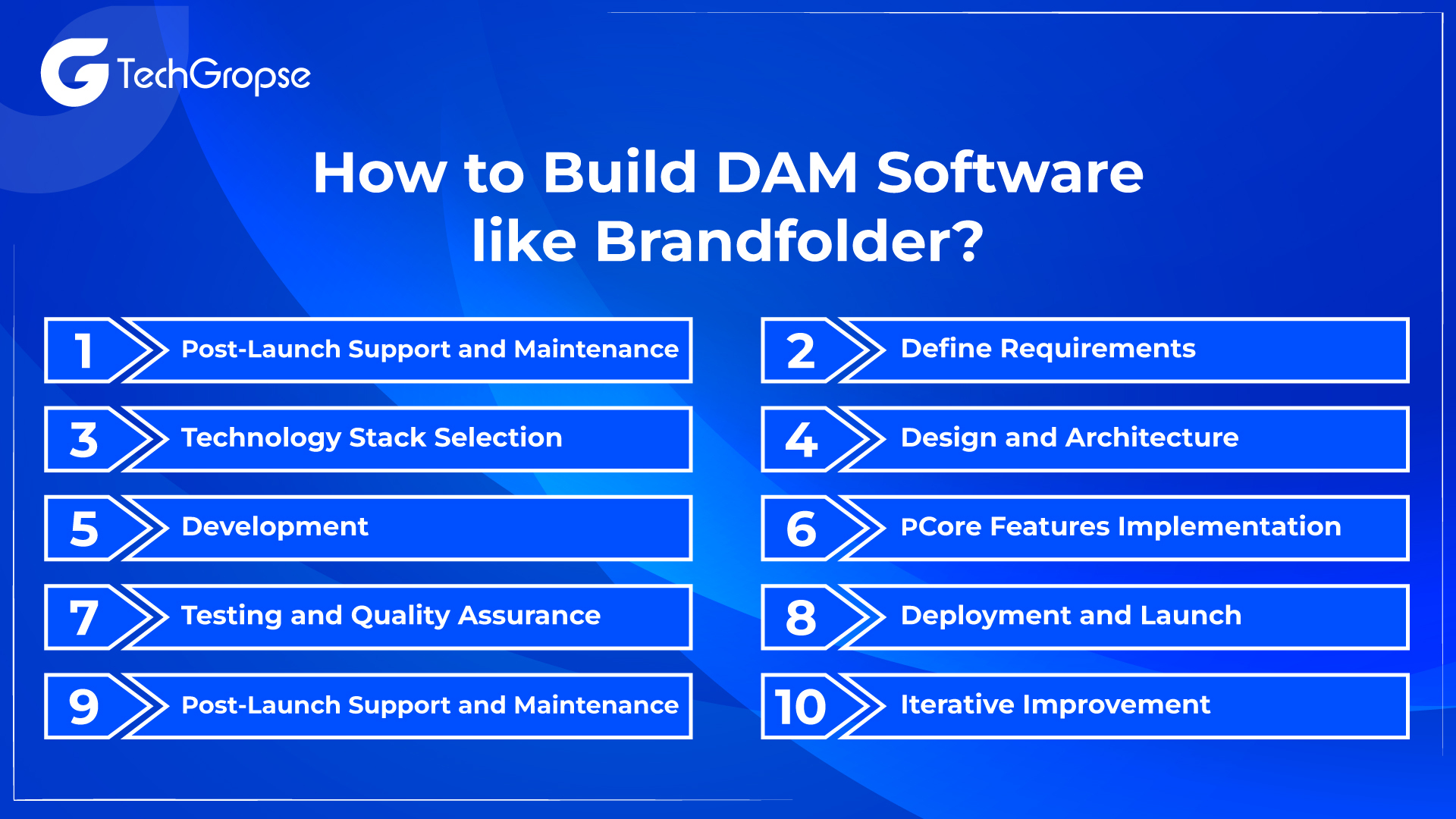
Web development company follow careful planning, strategic decision-making, and a systematic approach to build DAM software like Brandfolder
Here’s a general outline of the steps involved in building a DAM software:
1. Market Research and Analysis
- Conduct market research to understand the pain points and needs of your users.
- Analyze existing DAM solutions, including Brandfolder, to identify their strengths, weaknesses, and unique selling points.
2. Define Requirements
- A reputable mobile app development company collects requirements from stakeholders, including users, administrators, and IT personnel.
- Define the core features, functionalities, and technical specifications of the DAM software based on market research and user feedback.
3. Technology Stack Selection
- Choose the appropriate technology stack based on the requirements and scalability needs of the DAM software.
- Select programming languages, frameworks, databases, and cloud services that align with the project goals and development team expertise.
4. Design and Architecture
- Create a detailed design and architecture for the DAM software, including database schema, system components, user interface wireframes, and workflow diagrams.
- During the design phase, focus on scalability, performance, security, and usability considerations.
5. Development
- Implement the DAM software according to the defined requirements and design specifications.
- Follow agile development practices like iterative development, continuous integration, and regular testing, to ensure high-quality deliverables and adaptability to changing requirements.
6. Core Features Implementation
- Develop core features of the DAM software, such as asset management, user access control, search and discovery, workflow automation, and integration capabilities.
- Prioritize features based on their importance and complexity, focusing on delivering value to users in each development iteration.
7. Testing and Quality Assurance
- Conduct thorough testing of the DAM software to identify and fix bugs, usability issues, and performance bottlenecks.
- Perform integration testing, unit testing, regression testing, and user acceptance testing to ensure the software meets quality standards and user expectations.
8. Deployment and Launch
- Deploy the DAM software to production environments, following best practices for deployment automation, environment configuration, and monitoring.
- Plan a smooth rollout strategy, including user training, documentation, and support channels, to ensure a successful launch of the DAM software.
9. Post-Launch Support and Maintenance
- Mobile app maintenance company provides ongoing support and maintenance for the DAM software, addressing user feedback, bug reports, and feature requests.
- Continuously monitor performance, security, and scalability metrics, and apply updates and patches as needed to keep the software running smoothly.
10. Iterative Improvement
- Gather feedback from users and stakeholders post-launch to identify areas for improvement and new feature development.
- Iterate on the DAM software through regular updates and enhancements to enhance usability, functionality, and overall user experience.
TechGropse: Your Ideal Partner for DAM Software Development
TechGropse is your ideal Android app development company to build DAM software like Brandfolder.
We understand the unique needs of businesses in managing and optimizing their digital assets effectively.
Our team of skilled developers, designers, and project managers work collaboratively to deliver customized DAM software tailored to your specific requirements and objectives.
From robust asset organization and user access control to seamless integration and reflexive user interfaces, TechGropse ensures that your DAM software meets the highest standards of quality, performance, and usability.
Partner with TechGropse for a streamlined and successful DAM software development journey.
FAQ: How Much Does It Cost to Build DAM Software like Brandfolder?
1. How can businesses estimate the cost to build DAM software like Brandfolder?
Businesses can estimate the cost of building a custom DAM software solution by considering factors like the features they need, the complexity of the software, and the technology used. They can also get quotes from software development companies and compare prices.
2. What are the advantages of choosing off-the-shelf DAM software compared to custom development?
Choosing off-the-shelf DAM software offers advantages like faster implementation, lower upfront costs, and ongoing support from the software provider. Custom development allows for tailored features but may take longer and cost more.
3. Are there any specific considerations for small businesses looking to implement DAM software?
Small businesses should consider factors like affordability, scalability, and ease of use when implementing DAM software. They may opt for cloud-based solutions with flexible pricing and intuitive interfaces to suit their needs and budgets.






